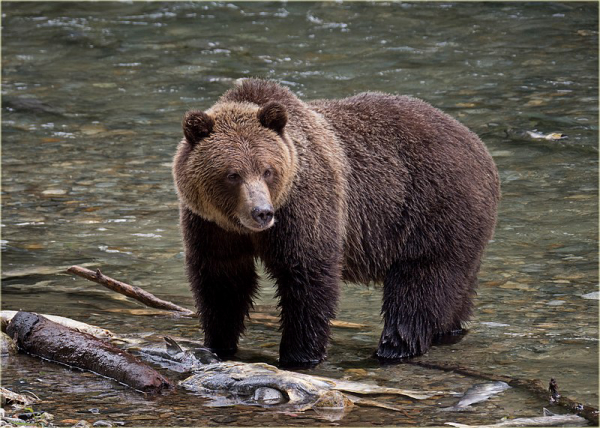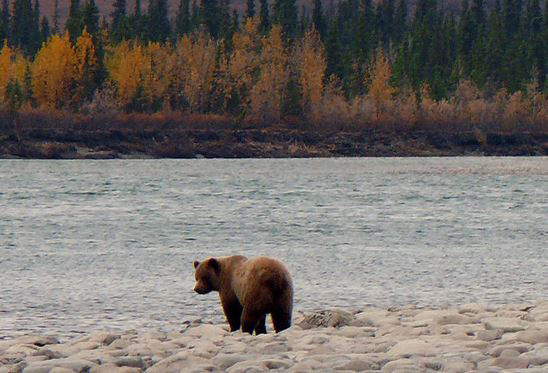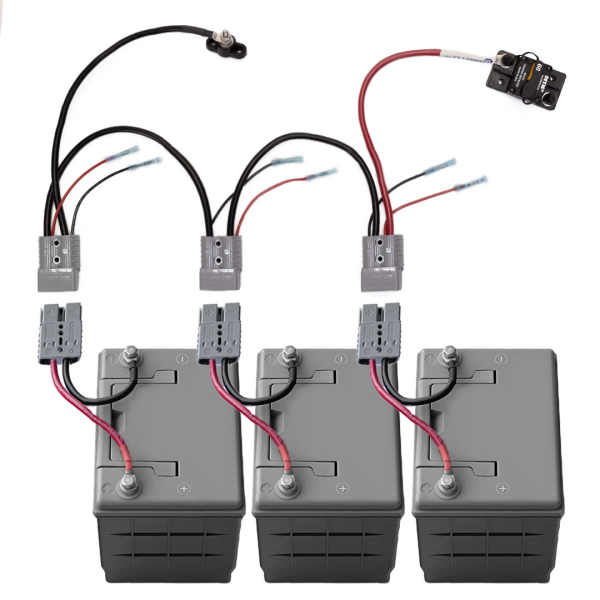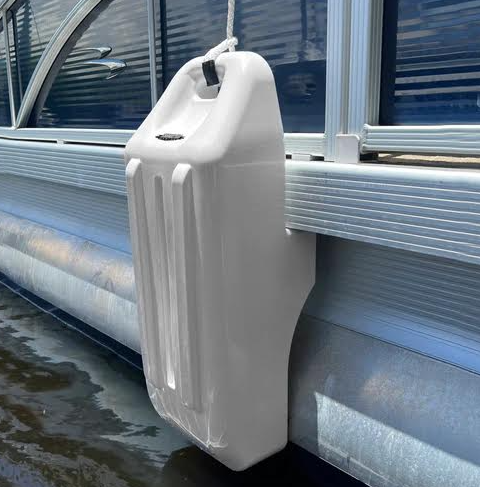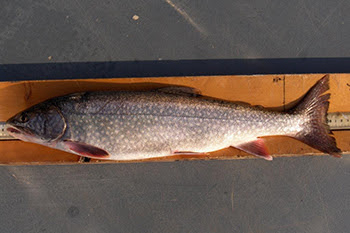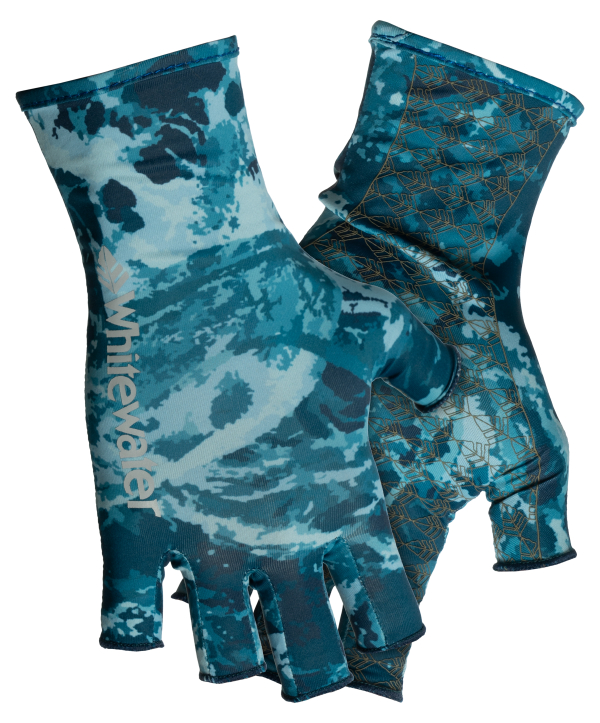Key Message:
NOAA Fisheries is requesting comments on a petition for rulemaking to establish a year-round 10-knot vessel speed limit in the Gulf of Mexico and other vessel-related mitigation measures in an area referred to as core habitat by the petitioners. Rice’s whales are protected under the Marine Mammal Protection Act (MMPA) and are listed as endangered under the Endangered Species Act (ESA).
NOAA Fisheries received the petition pursuant to the Administrative Procedure Act from the Natural Resources Defense Council, Healthy Gulf, Center for Biological Diversity, Defenders of Wildlife, Earthjustice, and New England Aquarium. The petitioners are requesting that we utilize our authorities under the ESA and MMPA to establish a “Vessel Slowdown Zone” to protect Rice’s whales from collisions with vessels and noise pollution.
NOAA Fisheries seeks public comment on the petitioner’s request. NOAA Fisheries is not issuing a proposed rule at this time. NOAA Fisheries will consider all comments and available information when determining whether to accept the petition and proceed with rulemaking.
Comments are due by July 6, 2023
Summary of the Petitioned Action:
The petition proposes a year-round 10-knot vessel speed restriction within waters between 100 meters (m) and 400 m deep from approximately Pensacola, FL, to just south of Tampa, FL (i.e.,
from 87.5° W longitude to 27.5° N latitude) plus an additional 10 kilometers (km) around that area (referred to in the petition as the “Vessel Slowdown Zone”). Read more

